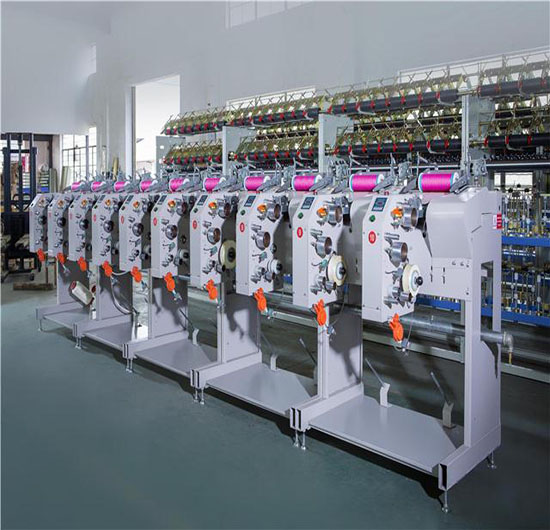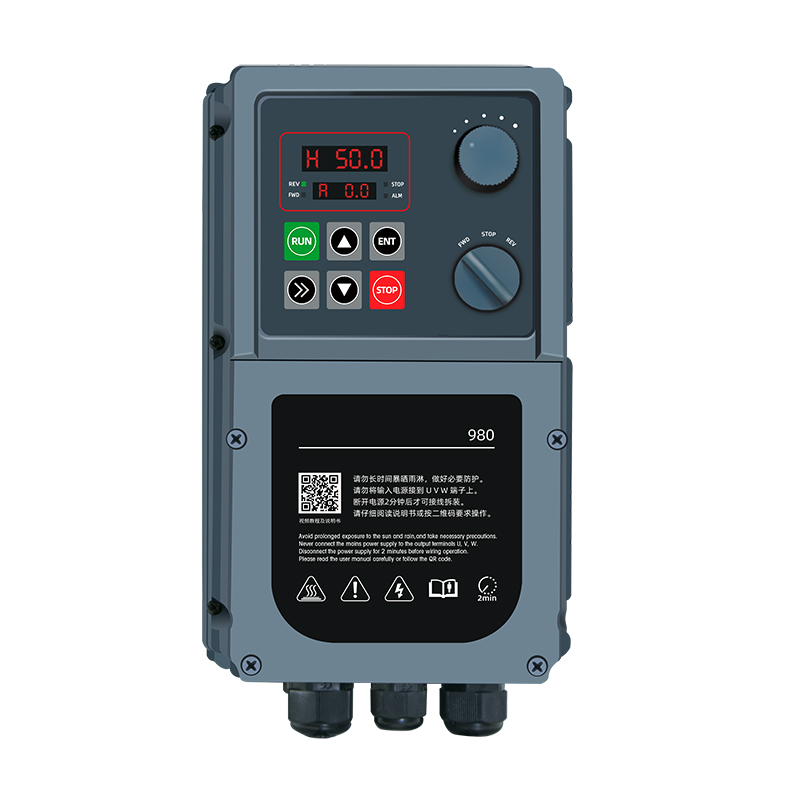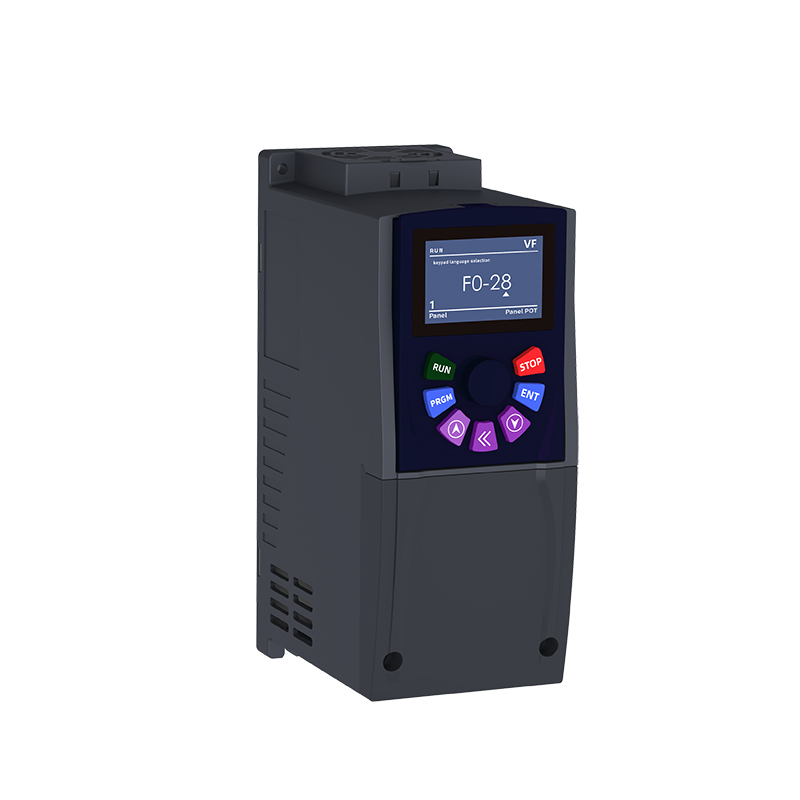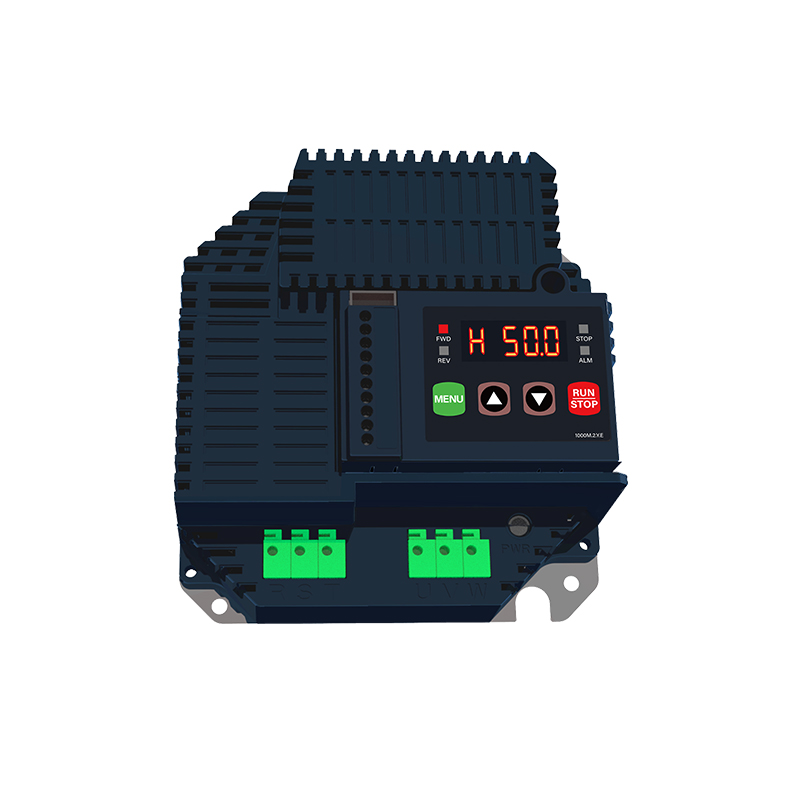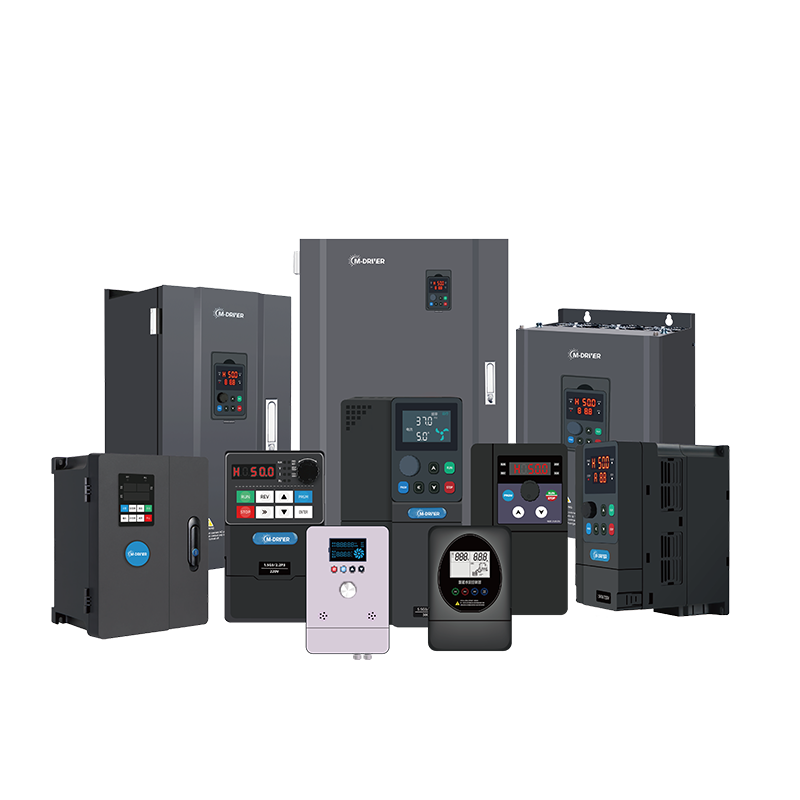I. Introduction
Automatic packaging machines (空包机) are indispensable equipment in modern industrial production, widely used in industries such as food, pharmaceuticals, and chemicals. Their core function is to quickly and accurately place products into packaging bags and complete operations such as sealing and coding. Traditional packaging machines often use fixed-speed motor drives, which suffer from low efficiency, high energy consumption, and poor adaptability. With the widespread adoption of frequency conversion technology, the application of frequency converters in packaging machines has significantly improved equipment performance, enabling efficient, energy-saving, and intelligent packaging production.
II. Key Drive Requirements for Packaging Machines
Multi-Speed Control
Different speeds are required during the packaging process (e.g., film feeding, bagging, sealing), necessitating a drive system capable of rapid switching and precise control.
High-Precision Positioning
Sealing and coding positions require high-precision positioning, with errors typically less than ±1mm.
Energy Efficiency
Packaging machines often operate continuously, with energy consumption accounting for a significant portion of production costs. Optimized control is essential to reduce energy usage.
Adaptability to Diverse Products
Products vary in size, weight, and packaging requirements, requiring equipment with quick adjustment capabilities.
III. Core Application Scenarios of Frequency Converters in Packaging Machines
1. Film Feeding System
Function: Controls the speed and tension of the packaging film to ensure smooth and wrinkle-free material.
Advantages of Frequency Converters:
Utilizes vector control technology to achieve high-precision speed regulation, reducing film speed fluctuations from ±5% to ±1%.
Supports closed-loop tension control, preventing film breakage or slack.
Case Study: A food packaging production line using frequency converters reduced film waste by 15% and increased production efficiency by 20%.
2. Bagging System
Function: Controls the speed and force of product placement into bags to avoid product damage.
Advantages of Frequency Converters:
Implements multi-speed control for smooth transitions during bagging, reducing mechanical shocks.
Features load adaptive functionality, automatically adjusting output torque based on product weight.
Case Study: A pharmaceutical packaging project using frequency converters reduced product damage rates by 30% and improved bagging accuracy to 99.5%.
3. Sealing System
Function: Controls sealing temperature and time to ensure strong and aesthetically pleasing seals.
Advantages of Frequency Converters:
Employs PID temperature control to precisely regulate heater power, reducing temperature fluctuations from ±10℃ to ±2℃.
Supports closed-loop position control, ensuring sealing position errors of less than ±0.5mm.
Case Study: A chemical packaging production line using frequency converters reduced defective sealing rates by 50% and lowered energy consumption by 25%.
IV. Key Technical Advantages of Frequency Converters
High Energy Efficiency
Utilizes V/F control and vector control modes to dynamically adjust output power based on load requirements, achieving energy savings of 20%-30%.
Features sleep-wake functionality to automatically reduce power consumption during idle periods.
High-Precision Control
Equipped with high-resolution encoder interfaces for precise speed and position control.
Supports multi-speed curve programming to meet complex process requirements.
Intelligent Operation
Includes touchscreen control panels for quick parameter settings and real-time monitoring.
Provides communication interfaces (e.g., Modbus, EtherCAT) for data exchange and remote control with upper-level systems.
High Reliability
Built with industrial-grade components and multiple protection mechanisms (e.g., overcurrent, overvoltage, overheating protection) to ensure long-term stable operation.
Features IP54 protection rating to withstand harsh environments such as dust and humidity.
V. Application Case: Frequency Conversion Upgrade for a Food Packaging Production Line
1. Project Background
Equipment Type: Fully automatic vertical packaging machine
Original System Issues: Inflexible speed adjustment, high energy consumption, and high defective sealing rates
Production Requirements: 3,000 bags per hour, defective sealing rate below 0.5%
2. Solution
Deployed the 980 Series Frequency Converter to drive the film feeding, bagging, and sealing systems.
Implemented multi-speed control and PID temperature control to optimize packaging processes.
3. Results
Production efficiency increased by 25%, and defective sealing rates dropped to 0.3%.
Energy consumption reduced by 20%, saving approximately 150,000 RMB annually.
VI. Future Development Trends
Higher Integration
Develop integrated drive-and-control frequency converters to simplify system design.
Intelligent Upgrades
Incorporate artificial intelligence for adaptive optimization and fault prediction in packaging processes.
Green Energy Efficiency
Promote energy feedback technology to convert braking energy into electrical energy, further reducing energy consumption.
VII. Conclusion
The application of frequency converters in automatic packaging machines not only addresses the shortcomings of traditional drive systems but also significantly enhances the efficiency, precision, and reliability of packaging production through intelligent and efficient control methods. As technology continues to advance, frequency converters will play an increasingly vital role in packaging equipment, providing robust technical support for the intelligent and green transformation of industrial production.


